Sleep Lab
The Sleep Laboratory is equipped with state-of-the art facilities and equipment for monitoring overnight sleep studies and daytime nap studies. The area includes the following:
- Three furnished private bedrooms – Furnished bedrooms with a single bed, closet, recliner chair, desk and chair, as well as a sink.
- Control room – A monitoring room with a set-up area, and computers for data acquisition and monitoring of each bedroom.
- Bathroom – A bathroom with shower facilities.
- Multifunctional area with kitchenette – A room for data analysis, space for meetings, storage space for equipment and supplies.
- Consultation room – A general interview and examination room with equipment for clinical assessment, a computer, and freezer for short-term storage of biological samples.
List of services
The integration of this laboratory within the School of Health allows the unique opportunity to combine sleep assessments with a wide array of measurements and interventions such as medical imaging, nutrition, and physical activity, including:
- Actigraphy for motion and sleep/wake measurements over extended periods
- Audio-video recording of sleep/wake behavior
- Cardiorespiratory sleep studies for assessment and quantification of respiratory effort, oximetry, ECG
- Daytime nap studies (electroencephalogram, EEG/PSG)
- Heart rate and electrocardiographic (ECG) studies with distribution over sleep periods
- Overnight sleep studies (polysomnography, PSG)
- Oximetry recordings and screenings
Note: The School of Health Sleep Lab is a “research only” laboratory. As such, we are not permitted to carry out “clinical” sleep studies (e.g., apnea, narcolepsy, periodic leg movements, etc.) or to diagnose and follow patients.
Contact us
For more information about this facility and our related services, contact:
Melodee Mograss
melodee.mograss@concordia.ca



